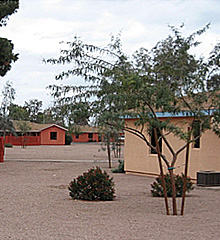 The North Desert Village (NDV) landscape experiment at ASU’s Polytechnic campus is designed to give a platform for CAP LTER researchers to study human–landscape interactions.
The North Desert Village (NDV) landscape experiment at ASU’s Polytechnic campus is designed to give a platform for CAP LTER researchers to study human–landscape interactions.
Four residential landscape design/water delivery types established in blocks of six households each (mini-neighborhoods) recreate the four prevailing residential yardscape types found across the Phoenix metropolitan area:
- Mesic/flood irrigation: a mixture of exotic high water-use vegetation and shade trees with turf grass.
- Oasis: a mixture of drip-watered, high and low water-use plants on granite substrate, and sprinkler-irrigated turf grass.
- Xeric: individually watered, low water-use exotic and native plants on granite substrate.
- Native: native Sonoran Desert plants on granite substrate and no supplemental water.
Six additional households are monitored as no-plant, no-water controls. Major research questions include: How do landscape design and irrigation methods affect NPP and under-canopy microclimate, soil nutrient pools and fluxes, insect abundance and diversity, bird activity? How does landscape design affect direct human-landscape interactions in terms of both perceptions and behaviors?
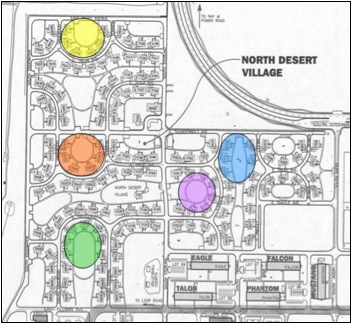
Treatment and control areas at North Desert Village. Yellow area is the native landscape, orange is the xeric landscape, purple is the oasis landscape, and green is the mesic landscape. Blue is the no treatment/control area.
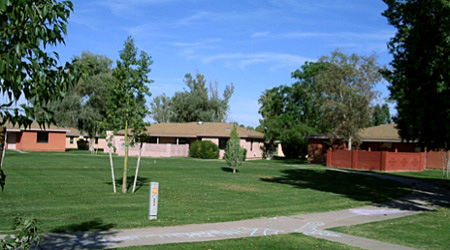
Fig. 1. Mini-neighborhood landscaped in mesic style.
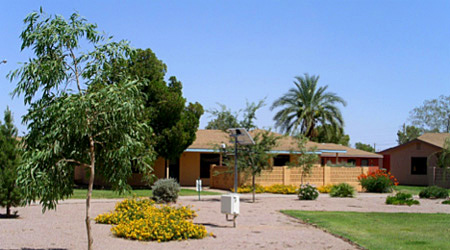
Fig. 2.Mini-neighborhood landscaped in oasis style.
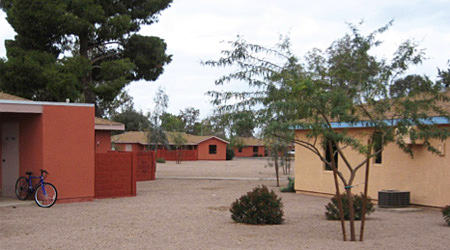
Fig. 3.Mini-neighborhood landscaped in xeric style.
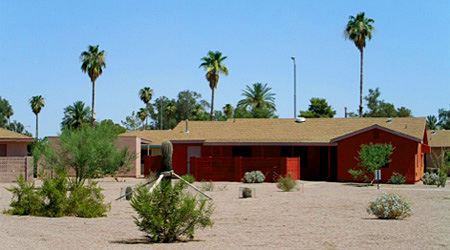
Fig. 4.Mini-neighborhood landscaped in native style.
During summer 2005, the landscape and irrigation systems for each of the treatment areas were completed. During spring 2006, micrometeorological stations were installed in the central common area of each treatment.
Data continually monitored include soil temperature, soil heat flux, and volumetric water content of soil at 30 cm depth. Air temperature at 2 m height and soil-surface temperature (recorded by an infrared thermometer at 2 m height) are also monitored regularly. Landscape irrigation application volumes are recorded monthly. Primary productivity is monitored on an annual basis. These data allow scientists working at NDV insight into research questions involving water conservation and urban heating, undercanopy layer microclimates, and landscape productivity and water use efficiency.
Scientists have also conducted two social surveys at NDV to examine how people’s attitudes, values, and behaviors are related to the landscape treatments. Other integrated research examines the ecosystem services provided by the four different landscape types at NDV and the tradeoffs in temperature moderation and energy use, water use, aesthetics and quality of life, and carbon sequestration among these landscape types.


